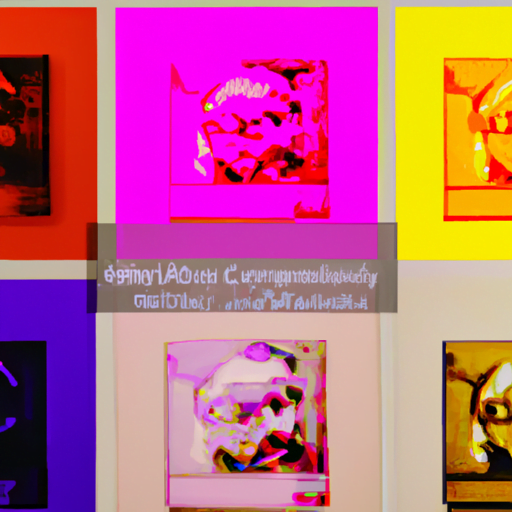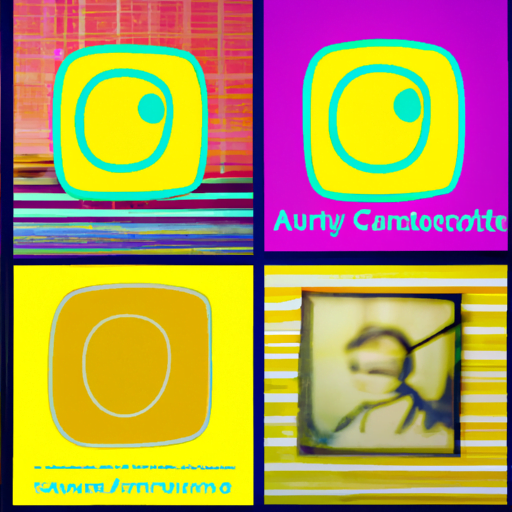
-
Table of Contents
Navigating Copyright and Ownership in AI-Generated Designs

Artificial Intelligence (AI) has revolutionized various industries, including design. With AI’s ability to generate unique and innovative designs, questions surrounding copyright and ownership have become increasingly complex. As AI becomes more prevalent in the creative process, it is crucial for designers, businesses, and legal professionals to understand the legal implications and navigate the intricacies of copyright and ownership in AI-generated designs.
The Rise of AI in Design
AI has transformed the design landscape by automating and enhancing various aspects of the creative process. From logo design to product development, AI algorithms can generate designs that are visually appealing, functional, and tailored to specific requirements. This technology has enabled designers to explore new possibilities and streamline their workflows.
However, the use of AI in design raises important questions about copyright and ownership. Who owns the rights to AI-generated designs? Are they considered original works? How does copyright law apply to designs created by algorithms? These questions require careful examination to ensure legal compliance and protect the rights of all parties involved.
Understanding Copyright Law
Copyright law grants exclusive rights to creators of original works, protecting their intellectual property from unauthorized use. In most jurisdictions, copyright protection is automatically granted upon the creation of an original work, without the need for registration or formalities. This protection extends to various forms of creative expression, including visual designs.
Traditionally, copyright law has focused on human creators, leaving a gap when it comes to AI-generated designs. The law typically requires a human author to exercise creativity and make original choices in the creative process. However, AI algorithms can autonomously generate designs without direct human intervention, blurring the lines of authorship and ownership.
AI as a Tool, Not an Author
One approach to addressing the copyright conundrum is to consider AI as a tool rather than an author. In this view, the human designer who utilizes AI algorithms to generate designs would be considered the author and rightful owner of the resulting work. The AI is seen as a tool that assists in the creative process, similar to a paintbrush or a computer software program.
This perspective aligns with the existing legal framework, where copyright protection is granted to human creators. It ensures that designers retain control and ownership over the designs they create using AI tools. However, this approach may not fully account for the unique contributions of AI algorithms in the creative process.
AI as Co-Creator
Another perspective argues that AI algorithms should be recognized as co-creators of AI-generated designs. Proponents of this view emphasize the significant role played by AI in generating unique and original designs. They argue that AI algorithms can make creative choices, learn from existing designs, and generate new and innovative solutions that go beyond human capabilities.
Recognizing AI as a co-creator would require legal frameworks to adapt and grant AI algorithms certain rights and protections. This approach raises complex questions about the nature of authorship and the allocation of ownership rights. It also challenges traditional notions of creativity and the role of human agency in the creative process.
Legal Precedents and Challenges
The legal landscape surrounding copyright and AI-generated designs is still evolving, with few precedents to guide decision-making. However, some cases have shed light on the complexities and challenges involved.
In the case of the “Portrait of Edmond de Belamy,” an AI-generated artwork sold at auction for $432,500, questions arose regarding the ownership and copyright of the artwork. The artwork was created by an AI algorithm, but the training data and parameters were set by human programmers. Ultimately, the ownership was attributed to the human creators, highlighting the current legal framework’s limitations in addressing AI-generated works.
Another notable case involved the use of AI-generated designs in the fashion industry. In this case, a designer used AI algorithms to generate unique fabric patterns. However, the designer faced legal challenges when another company claimed copyright infringement, arguing that the AI-generated designs were too similar to their existing patterns. The case highlighted the need for clear guidelines and standards to determine the originality and uniqueness of AI-generated designs.
Proposed Solutions and Future Directions
As AI continues to advance and become more integrated into the design process, it is essential to develop clear guidelines and legal frameworks to address copyright and ownership issues. Here are some proposed solutions and future directions:
- Amend Copyright Laws: Legislators can consider amending copyright laws to explicitly address AI-generated works. This may involve redefining the concept of authorship and ownership to accommodate the unique contributions of AI algorithms.
- Collaborative Ownership: Recognizing AI as a co-creator could lead to collaborative ownership models, where both human designers and AI algorithms share ownership rights. This approach would require defining the extent of AI’s contribution and establishing frameworks for fair distribution of rights.
- Transparency and Attribution: Implementing mechanisms to ensure transparency and proper attribution of AI-generated designs can help protect the rights of all parties involved. This may involve disclosing the use of AI in the creation process and providing clear information about the human and algorithmic contributions.
- Industry Standards and Best Practices: Design organizations and industry associations can play a crucial role in developing standards and best practices for AI-generated designs. These guidelines can help designers navigate copyright and ownership issues while promoting ethical and responsible use of AI in design.
Conclusion
The rise of AI in design has brought about new challenges and complexities in the realm of copyright and ownership. As AI algorithms become more capable of generating unique and innovative designs, it is crucial to navigate the legal implications and ensure fair and ethical practices. Whether AI is considered a tool or a co-creator, the legal framework needs to adapt to protect the rights of human designers and acknowledge the contributions of AI algorithms. By developing clear guidelines, industry standards, and legal precedents, we can foster a harmonious relationship between AI and human creativity in the world of design.
